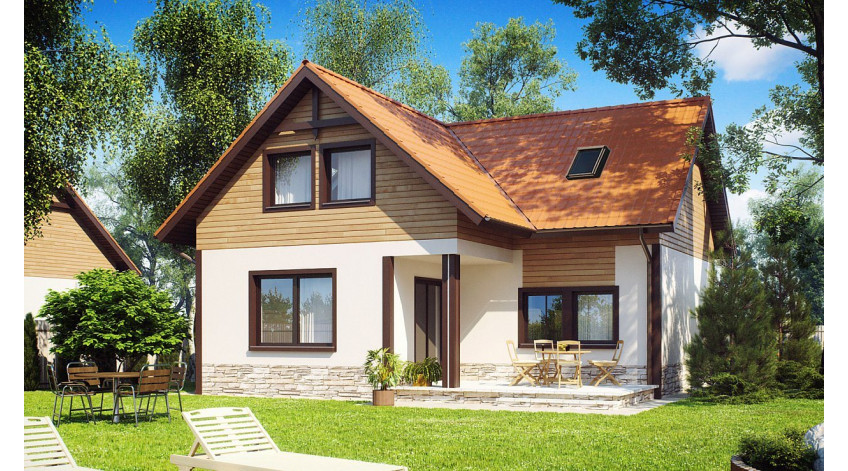Houses made of SIP panels: Is it worth setting a warm floor?

Many owners of modern housing are interested in the question of how to minimize the cost of heating the room while ensuring a good temperature in the house. Today, more and more people instead of the central heating system and economically disadvantageous radiators use energy-efficient floor heating. Houses made of sip panels can also be equipped with such a heating system. How to do this, read on.
Pros and cons of a warm floor in houses made of vulture panels
Owners of such houses often wonder if it is possible to install a floor heating system in their dwellings. “Vulture panels are special designs that can not withstand the extra large weight of a warm floor,” opponents of such a technological solution say on Internet forums. At the same time, there are quite a few supporters in this approach who are defending their point of view.
To understand whether a large weight of a heated floor with a water circuit can significantly affect the design of the vulture panels, you need to know the design features. The construction of a heated floor includes:
- ceilings covered with waterproofing material;
- the substrate with thermal insulation properties;
- the steel frame on which the heating pipes are mounted;
- dry screed;
- parquet, linoleum or laminate.
For screeds in modern homes are used for heavy mixtures of concrete, and dry claydite-sand substance of light-weight and special plates. An arrangement of a heat-insulated floor with a water contour it is possible to lay a coupler up to 4 centimeters thick. At the same time, this screed will not be inferior wet either in technical or operational characteristics.
 If you install a heated floor with an electric circuit, then the layer of the screed will be much less. In such conditions, this design provides minimal pressure to the base. The foundation of the home of the vulture panels will experience only a small additional load. Before you go to the store for a new heating system, you should calculate how much a square meter in your house can withstand. Based on this parameter it is worth making a choice in favor of one or another heating solution. Keep in mind that the maximum load on 1 square meter of SIP panels is 400 kilograms.
If you install a heated floor with an electric circuit, then the layer of the screed will be much less. In such conditions, this design provides minimal pressure to the base. The foundation of the home of the vulture panels will experience only a small additional load. Before you go to the store for a new heating system, you should calculate how much a square meter in your house can withstand. Based on this parameter it is worth making a choice in favor of one or another heating solution. Keep in mind that the maximum load on 1 square meter of SIP panels is 400 kilograms.
Heated floor heating has several advantages:
- uniform heating of the entire room;
- ease of use;
- the ability to control the temperature.
Among the shortcomings, experts point out such a nuance: the floor heating system is rather difficult to repair in the event of a breakdown.
What to look for when choosing a warm floor?
To determine which circuit - water or electric - to install in your house, you need to calculate several parameters:
- what resources does your home have?
- what costs you are willing to incur for maintenance.
If the boiler is working in the dwelling, the contour of the warm floor can be connected to it. If there is no such device, then often it is the electrical version that is installed. Maintenance of an electric floor heating can be somewhat more expensive, while the floor with a water circuit is more difficult and more expensive to mount.
How is the installation process going?
Installing a heated floor with a water circuit can be bifilar and meander method. In the first case, the pipes are arranged in a serpentine order, in the second - in the form of a snail. When bifilar pipes are laid in the initial segment of the water supply, the floor temperature will be much higher than in some other areas. Pipe laying in the form of a cochlear provides a more uniform heat supply in all parts of the structure. Snail mounting method can be used on surfaces that are angled.
Electric floor heating can be installed by cable, in the form of electric mats or infrared panels. Cable warm floor does not need to strengthen the foundation, as it has minimal impact on the foundation of the house. The procedure for installing an infrared heated floor is also quite simple and does not need a screed. True, such a system is much more expensive.
 Русский
Русский English
English Українська
Українська



